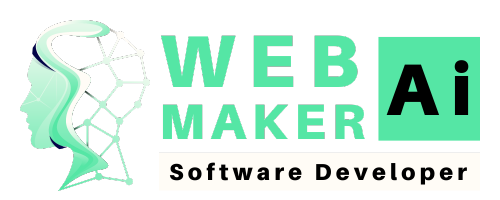
React (also known as React.js or ReactJS) is an open-source JavaScript library developed by Facebook. It is widely used for building user interfaces (UIs) and creating dynamic, responsive web applications. React focuses on creating reusable UI components and efficiently updating the user interface as data changes, leading to better performance and user experiences.
Key Features and Concepts of React:
- Component-Based Architecture: React allows you to break your UI into small, reusable components. Each component encapsulates its logic and rendering, making it easier to manage and maintain complex UI structures.
- Virtual DOM: React uses a virtual representation of the DOM (Document Object Model) to efficiently update the actual DOM elements. This minimizes direct manipulation of the DOM and leads to improved performance.
- Declarative Syntax: React uses a declarative syntax, which means you describe how your UI should look based on the current state of your data. React then automatically updates the DOM to match this desired state.
- JSX (JavaScript XML): JSX is a syntax extension for JavaScript that allows you to write HTML-like code within your JavaScript code. JSX is used to define the structure and layout of React components.
- State and Props: React components can have state, which represents their internal data, and props (short for properties), which are the inputs passed to a component. Changes in state and props trigger re-rendering of components.
- Component Lifecycle: React components have lifecycle methods that allow you to perform actions at different stages of a component’s existence, such as when it’s created, updated, or removed.
- Hooks: Introduced in React 16.8, hooks are functions that allow you to add state and lifecycle features to functional components. They provide a simpler way to manage state and lifecycle logic without needing class components.
- Context: Context allows you to pass data through the component tree without having to pass props manually at each level. It’s often used for sharing global data or theme information.
- React Router: React Router is a popular library for handling routing and navigation in React applications. It allows you to create dynamic, single-page applications with multiple views.
- Server-Side Rendering (SSR) and Static Site Generation (SSG): React can be used with tools like Next.js to enable server-side rendering for better SEO and performance or to generate static HTML pages.
React has a large and active community, which has led to the development of a vast ecosystem of tools and libraries that complement and extend its capabilities. It’s commonly used in combination with other technologies like Redux for state management, Axios for making HTTP requests, and various UI component libraries for pre-built design elements. Whether you’re building a simple interactive widget or a complex web application, React offers a powerful foundation for creating dynamic user interfaces.


















